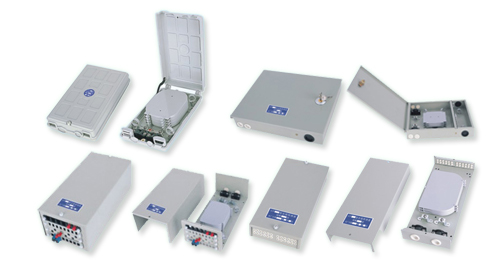Today, consumers rely less on traditional outlets such as television and radio to get their news content quickly. Businesses are competing against time to get their information out to the consumer as fast as possible, in consumable bites—blogs, tweets, and other social channel posts, as well as online video networks, all of which are available with just a tap to one’s smartphone. In turn, the burden to deliver instantaneous information resides on the network; specifically, its operator, which is tasked with delivering all of the information consumers want (in all of its forms) as quickly as possible to the consumer’s device.

More and more consumers are relying on their wireless devices to connect them to media
“A big challenge for network operators is how to build that network to support the demand fast enough and within their space and budget,” says TE Connectivity engineer Erik Gronvall, part of a team of TE Connectivity and consumer engineers who have developed more efficient fiber service terminals to specifically solve this problem. “Content and consumers are demanding a larger pipe, and that’s really driving network operators to bring [that] larger pipe out to customers.”
Service providers must now find new ways to deliver fast, direct and personalized content to these consumers across a plethora of device types.
One of the ways operators have taken on this task of keeping the network up with demand is through increasingly complex fiber optic technology, which allows consumers to have faster and more direct access. There is, however, a problem associated with this solution: upgrading a fiber infrastructure means building out new, more costly infrastructure and re-doing other products in the network.
TE Connectivity has unique experience with fiber optic solutions including: cable, closure and connector design, as well as directly collaborating with the engineers of the service providers and network companies in order to find a solution.
One solution they’ve come up with includes new fiber service terminals to deliver service quickly and save these providers an extensive amount of money.

TE Connectivity fiber service boxes and terminals deliver speed for less cost
Principal engineer Chad Morgan, who has worked for TE for nearly 20 years adds, “It’s very hard to get more aggregate bandwidth through the system; it’s a bottleneck. It’s like trying to get more water through a hose. This is TE’s challenge. We focus on solutions that help the operator get more from their existing assets. We’re able to work with the operator, look at their applications and squeeze more bandwidth through a tighter space and typically in a more power efficient manner and at a lower cost.”
This principle is at play across TE’s portfolio. TE’s fiber service terminals are offered in a broad range of choices, from copper to single to multi-mode fiber optic solutions. TE Connectivity engineers, in collaboration with consumer engineers, have been able to extend the life of copper-signaling solutions. As networks grow, so too does the infrastructure, which either causes a pinch in physical plant space or demand for the operator to invest in additional real estate. TE designs fiber solutions with this in mind. The company’s adjunct optical technologies are specially designed to fit into space already equipped with copper cables, like existing pedestals, hand-holes and closets.

Smaller fiber solutions can fit into limited spaces
A focus on space-savings is important not only for real estate cost, but also consumer perception as optical networks, like any other utility, are coming close to home.
“One of the innovative parts of our terminal development was that this solution was smaller than previous generations of like solutions but more flexible,” says Gronvall. “The solution utilized plug and play technology, where you could just take the fiber optic cables, plug them into the terminal, and then run the drops from that really easily off to the homes, and still able to fit it into a space that it’s never been able to fit into before.”
By using this kind of fiber service terminals, service providers will be able to use their already existing infrastructure, thereby reducing cost, as it means these providers will no longer have to dig dozens of holes in the ground to place miles of new cabling. Unlike other terminals, TE’s solution can be installed with a minimal amount of training and require far less up-keep.
This development will represent a formidable change in the industry—focusing on solutions that quickly and easily allow operators to deliver more bandwidth to their customers. Innovations for the next-generation fiber networks must be more affordable for the network and service providers, and make them much faster and more efficient.
To learn more about design collaboration with TE Connectivity, visit www.everyconnectioncounts.com.
Advertisement
Learn more about TE Connectivity





